

KATHMANDU: Nepal comes to life today as devotees across the country celebrate Maha Shivaratri, one of Hinduism’s holiest festivals. From dawn, temples dedicated to Lord Shiva are teeming with worshippers, but none more so than Kathmandu’s Pashupatinath, where the gates opened as early as 2:30 AM to receive thousands of pilgrims and ascetics. Adorned with flowers, lights, and sacred rituals, the temple complex is the heart of the celebrations. Here’s everything you need to know about Maha Shivaratri.
What is Maha Shivaratri, and why is it significant?
Maha Shivaratri is one of the most important Hindu festivals dedicated to Lord Shiva. It is observed annually on the 14th night of the waning moon in the month of Phalguna (February 26, 2025). The festival holds great religious and spiritual significance as it is believed to be the night when Lord Shiva performed the cosmic dance of creation, preservation, and destruction, known as Tandava. Another belief states that this is the night Shiva married Goddess Parvati. Devotees observe this occasion with deep devotion, fasting, and night-long prayers, seeking blessings for prosperity, wisdom, and liberation from worldly suffering. It symbolizes overcoming darkness and ignorance through devotion and discipline.
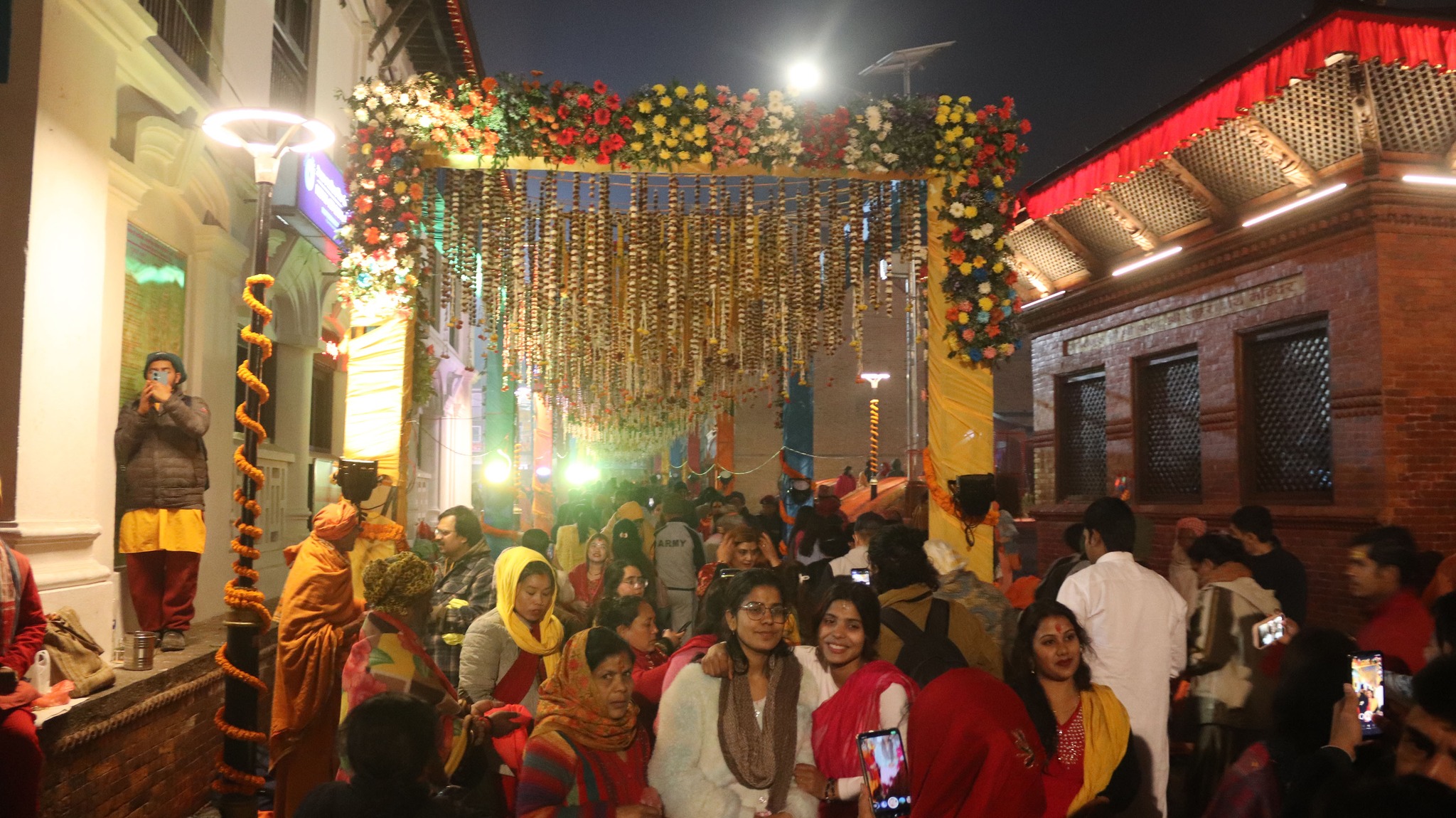
How is Maha Shivaratri being organized at Pashupatinath Temple this year?
Maha Shivaratri at Pashupatinath Temple is being meticulously organized by the Pashupati Area Development Trust (PADT) to ensure a smooth and efficient experience for devotees. This year, the temple management has introduced a system allowing ten devotees to receive darshan in just two seconds, significantly reducing waiting time. The temple gates will open for darshan from 2:30 AM on February 26 and remain open until 6:00 PM on February 27. With more than 500,000 devotees expected, preparations are in full swing to accommodate the large crowd.

To manage the festival efficiently, the PADT has formed ten sub-committees, each responsible for different aspects of the event. These sub-committees are handling security, publicity, darshan arrangements, night-time management, accommodation, food distribution, and the sacred fire (dhuni) setup. In addition to these efforts, the Ministry of Culture, Tourism, and Civil Aviation, under the leadership of Minister Badri Prasad Pandey, has established a central event committee to oversee the festival’s preparations. The focus is on making the experience seamless for devotees by ensuring access to cleanliness, toilets, drinking water, and designated areas for footwear storage within the temple premises.
What special arrangements are being made for security, religious activities, and visitor experience?
To accommodate the influx of devotees, PADT has made extensive arrangements to manage security, religious activities, and overall visitor experience. Special attention has been given to maintaining order, with dedicated security personnel deployed to manage crowd control and ensure the safety of pilgrims. The unique darshan system introduced this year will allow devotees to receive blessings quickly, reducing congestion in the temple area.
Night-time arrangements have also been prioritized, with enhanced lighting and security measures to accommodate devotees arriving throughout the night. Accommodation and food distribution have been arranged, particularly for sadhus, Naga Babas, and pilgrims who travel long distances to attend the festival. The sacred fire (dhuni) for the Naga Babas will be placed within the main temple area, preserving the traditional significance of the festival.
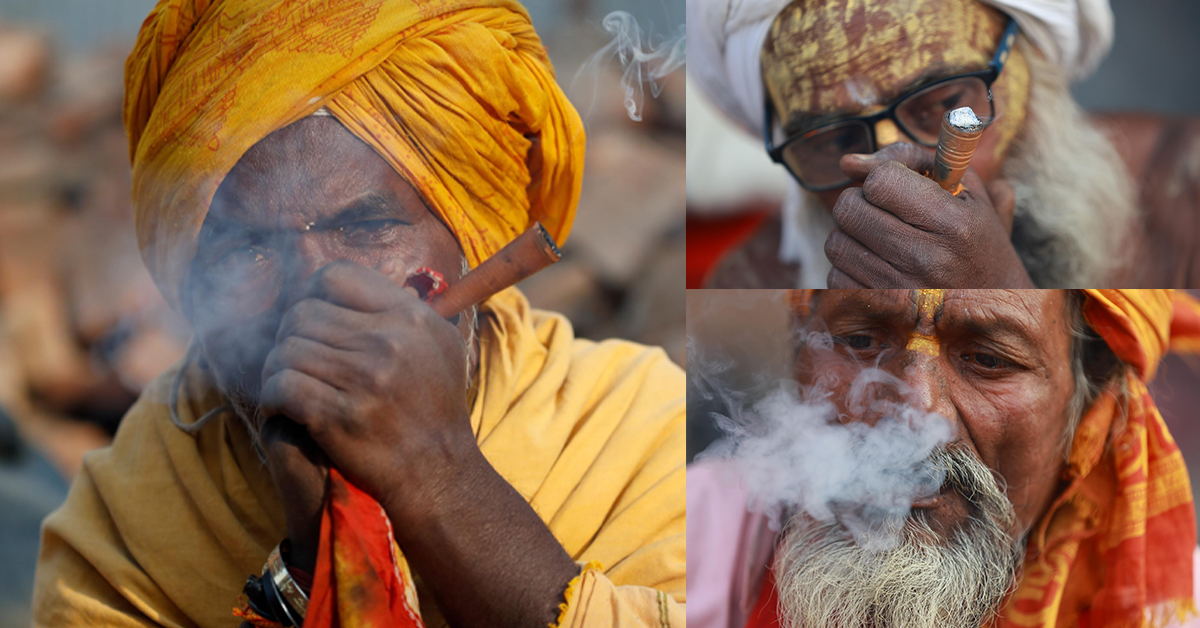
Additionally, the temple’s main entrance and surrounding areas will be decorated with flowers, with all preparations set to be completed a day before the festival. Religious activities, including rituals at Chandan Mandir, have also been carefully planned to enhance the spiritual ambiance of the event. These comprehensive arrangements aim to provide a well-organized, spiritually enriching, and memorable experience for all who attend Maha Shivaratri at Pashupatinath.
How is Maha Shivaratri different from other Hindu festivals?
Unlike most Hindu festivals, which are marked by grand feasts and celebrations, Maha Shivaratri is observed with fasting, meditation, and deep spiritual reflection. While festivals like Diwali and Holi are known for their vibrant festivities, Maha Shivaratri is more solemn, emphasizing devotion, renunciation, and inner awakening. Devotees fast throughout the day and night, perform rituals such as offering milk, honey, and bel leaves to the Shiva Lingam, and stay awake chanting prayers. The festival is not about external celebrations but about turning inward, practicing self-discipline, and connecting with divine energy through devotion and meditation.
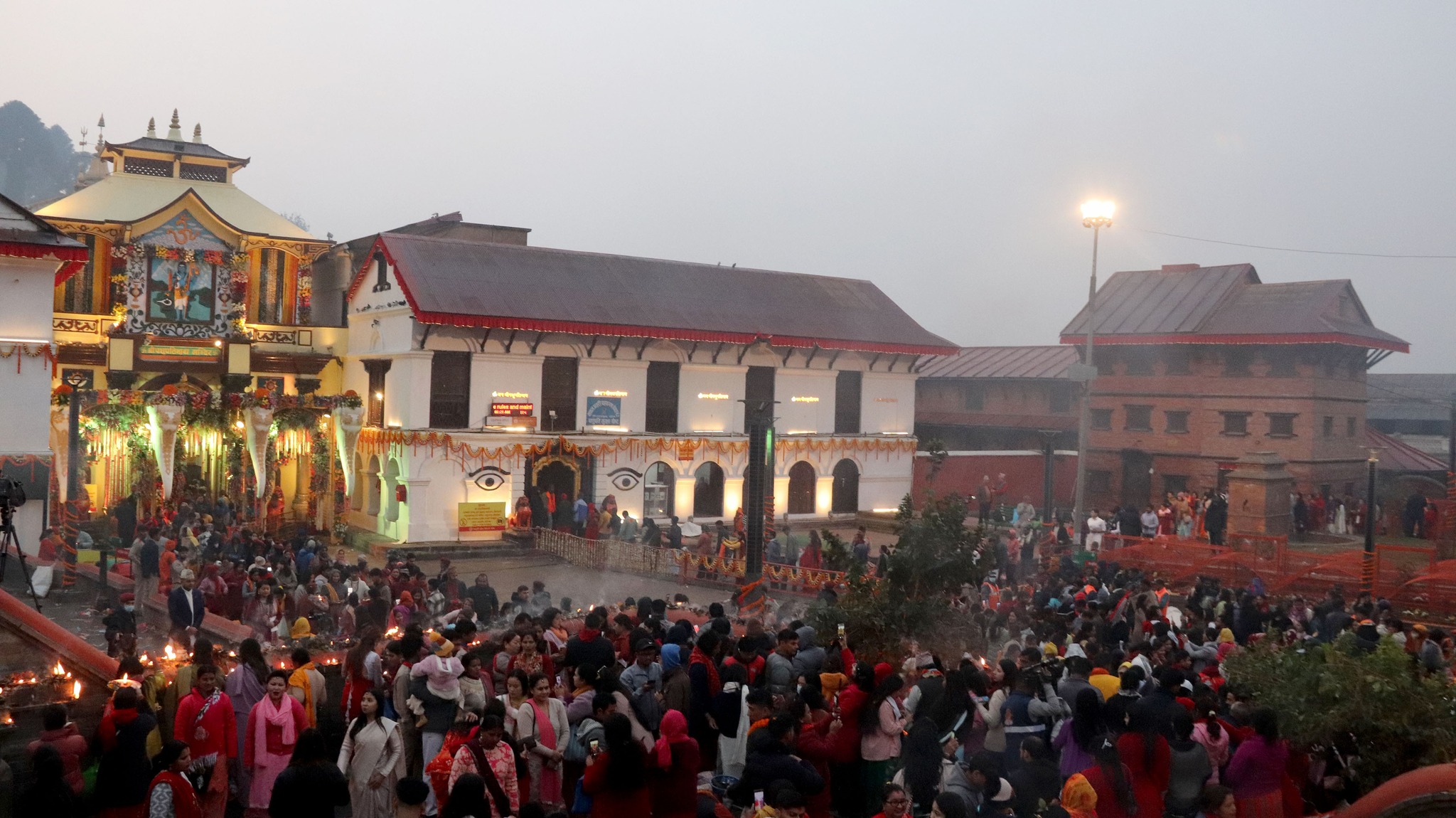
Why do devotees observe fasting on Maha Shivaratri?
Fasting on Maha Shivaratri is a way of practicing self-control and spiritual discipline. It is believed that by abstaining from food, devotees cleanse their bodies and minds, making them more receptive to divine energy. Fasting is also seen as an offering to Lord Shiva, demonstrating devotion and sincerity. Many devotees follow strict fasts, consuming only fruits, milk, and vrat-specific foods, while some even observe a nirjala (waterless) fast. It is believed that fasting on this day purifies past sins, bestows divine blessings, and leads to spiritual awakening. Scientifically, fasting helps detoxify the body, enhances metabolism, and improves mental clarity.
What are the key rituals performed during Maha Shivaratri?
Maha Shivaratri is observed with several sacred rituals, each carrying deep spiritual meaning. Devotees wake up early, take a holy bath, and visit Shiva temples. The main ritual involves offering abhishek (ritual bathing) to the Shiva Lingam with water, milk, honey, yogurt, ghee, and bel leaves, which are considered sacred to Lord Shiva. Chanting of the Om Namah Shivaya mantra, recitation of Shiva stotras, and night-long vigils (jagran) are integral parts of the celebration. Many temples conduct special prayers, bhajans, and discourses on Lord Shiva’s greatness. Devotees believe that sincere participation in these rituals leads to divine grace, fulfillment of desires, and liberation from negative karma.
Why does the Nepali Army celebrate Army Day on Maha Shivaratri?
The Nepali Army celebrates Army Day on Maha Shivaratri to align the commemoration of its founding with a culturally and religiously significant festival. Historically, Army Day was observed on the 5th of Magh to mark the establishment of the Gorkhali Army by King Prithvi Narayan Shah, which later evolved into the modern Nepali Army. However, in 2005, the observance was shifted to Maha Shivaratri, a festival deeply rooted in Hindu spirituality and discipline.
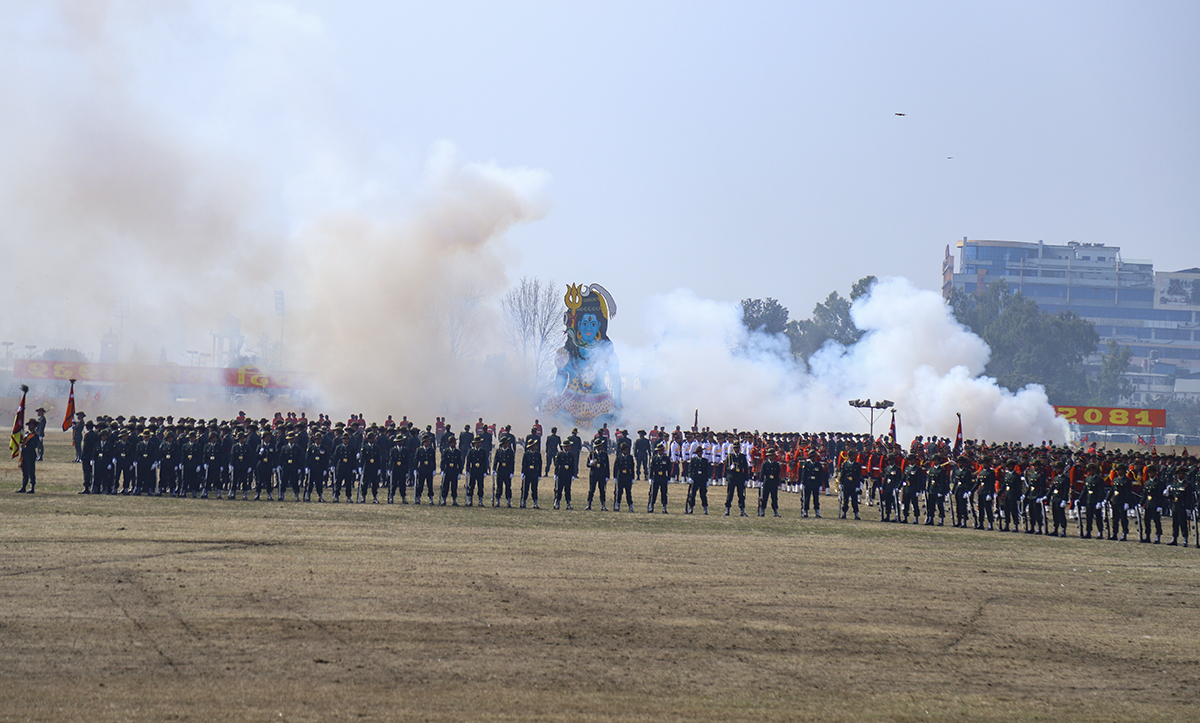
This decision reflects the profound connection between the core values of the Nepali Army and the spiritual ethos of Shivaratri. Just as devotees of Lord Shiva practice discipline, devotion, and resilience, Nepali soldiers embody these virtues through rigorous training, unwavering service, and self-sacrifice for national security. Maha Shivaratri symbolizes cosmic balance and the triumph of good over evil, mirroring the army’s role in maintaining peace, unity, and sovereignty. Through military parades, ceremonies, and cultural programs, Army Day honors the courage and dedication of soldiers while reinforcing national pride and unity.
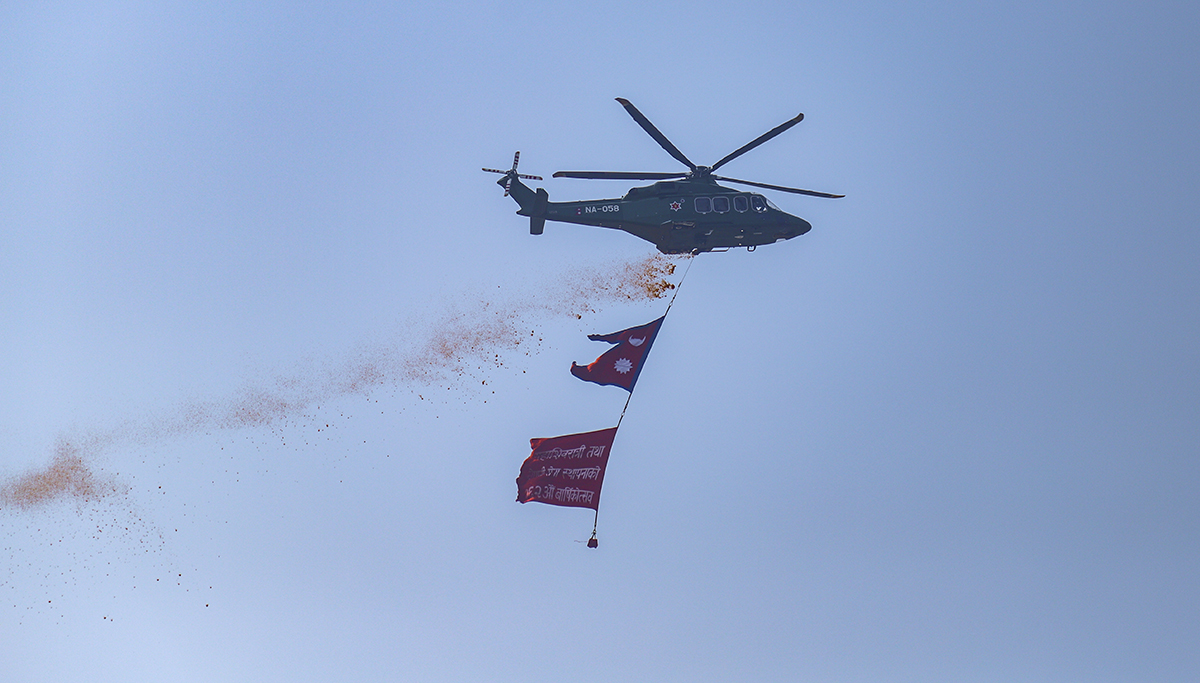
What kinds of programs are organized for Army Day and Maha Shivaratri in Nepal?
Army Day and Maha Shivaratri are observed with grand celebrations, cultural events, and religious ceremonies across Nepal, particularly at Pashupatinath Temple and the Nepali Army Pavilion, Tundikhel. Since Army Day coincides with Maha Shivaratri, the events symbolize both military strength and spiritual devotion, reflecting Nepal’s rich cultural and historical heritage.
On Army Day, the Nepali Army organizes a military parade at the Sainik Manch (Army Pavilion) in Kathmandu, attended by the President, Prime Minister, and other dignitaries. The event features military drills, combat demonstrations, aerial displays, and a showcase of Nepal’s military capabilities. The army also honors soldiers for their bravery and dedication.
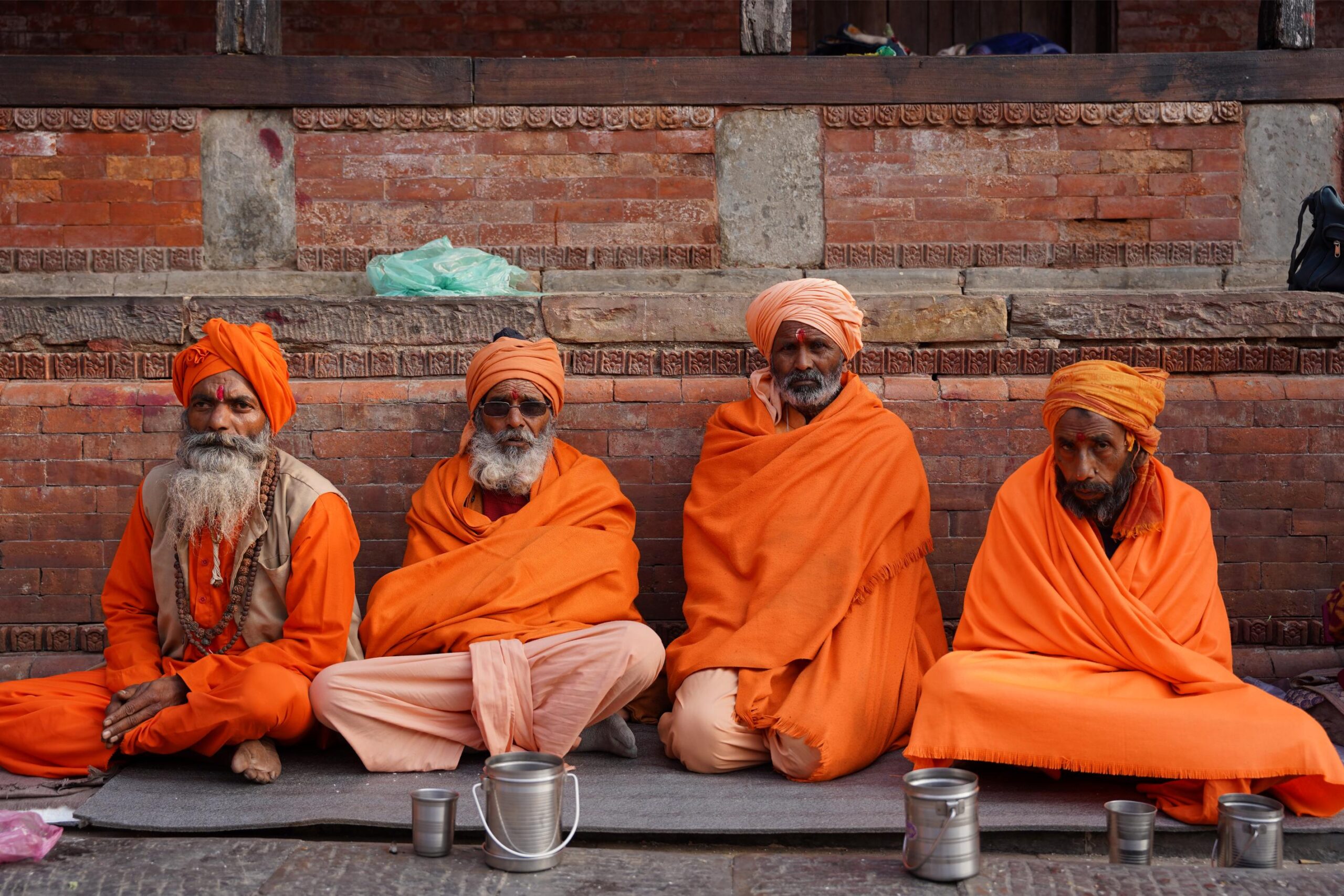
At Pashupatinath Temple, thousands of devotees, including sadhus from Nepal and India, gather to worship Lord Shiva. The temple premises become vibrant with rituals, devotional singing, and traditional dances. The army plays a key role in security arrangements, ensuring smooth crowd management and assisting pilgrims. Special lighting decorations, bonfires, and tandav performances by sadhus create a spiritual atmosphere, while the distribution of prasad and charity programs highlight the essence of service and devotion.
Together, these celebrations foster a sense of national unity, pride, and discipline, as both the Nepali Army and Shivaratri devotees uphold values of courage, resilience, and dedication to a greater cause.
Why is Pashupatinath Temple considered one of the most sacred Hindu sites, and what are its unique traditions?
Pashupatinath Temple, situated on the banks of the sacred Bagmati River, is Nepal’s most revered Hindu temple dedicated to Lord Shiva. It holds immense religious and cultural significance, attracting devotees and pilgrims from Nepal, India, and beyond. The temple complex is known for its strict adherence to Hindu traditions—only Hindus are allowed inside the main temple, while non-Hindus can observe from designated areas across the river. As a mark of respect, leather items, including shoes and belts, are prohibited, and photography is strictly forbidden within the main complex.
One of the temple’s most striking aspects is its deep association with life and death. Many elderly Hindu devotees arrive at Pashupatinath seeking spiritual refuge in their final days, believing that passing away here ensures rebirth as a human and liberation from past karma. The temple’s astrologers are believed to predict the day of one’s death, adding to the mystique surrounding it. Along the banks of the Bagmati, funeral pyres burn continuously, performing the last rites of the departed in accordance with Hindu beliefs about the soul’s journey.
The temple complex is also home to the Slesh Mantak forest, where monkeys and deer roam freely as symbols of Shiva’s connection with nature. Sacred lingams, representing Lord Shiva, are found in abundance, along with small stone shrines dedicated to him. Another significant attraction is the Pashupati Bagmati Aarati, a mesmerizing evening ritual where priests perform synchronized worship with fire lamps, conch shells, and devotional chants, creating a deeply spiritual atmosphere for all visitors.
Pashupatinath is not just a temple; it is a living embodiment of Hindu beliefs, where rituals, devotion, and the cycle of life and death unfold every day in a profound and sacred manner.
How is Maha Shivaratri celebrated at Pashupatinath Temple, and what makes it special?
Maha Shivaratri, meaning “The Great Night of Shiva,” is the most important festival celebrated at Pashupatinath Temple, drawing tens of thousands of devotees from Nepal, India, and beyond. It is believed to be the night when Lord Shiva manifested himself and performed the divine Tandav dance, symbolizing the cycle of creation, preservation, and destruction.
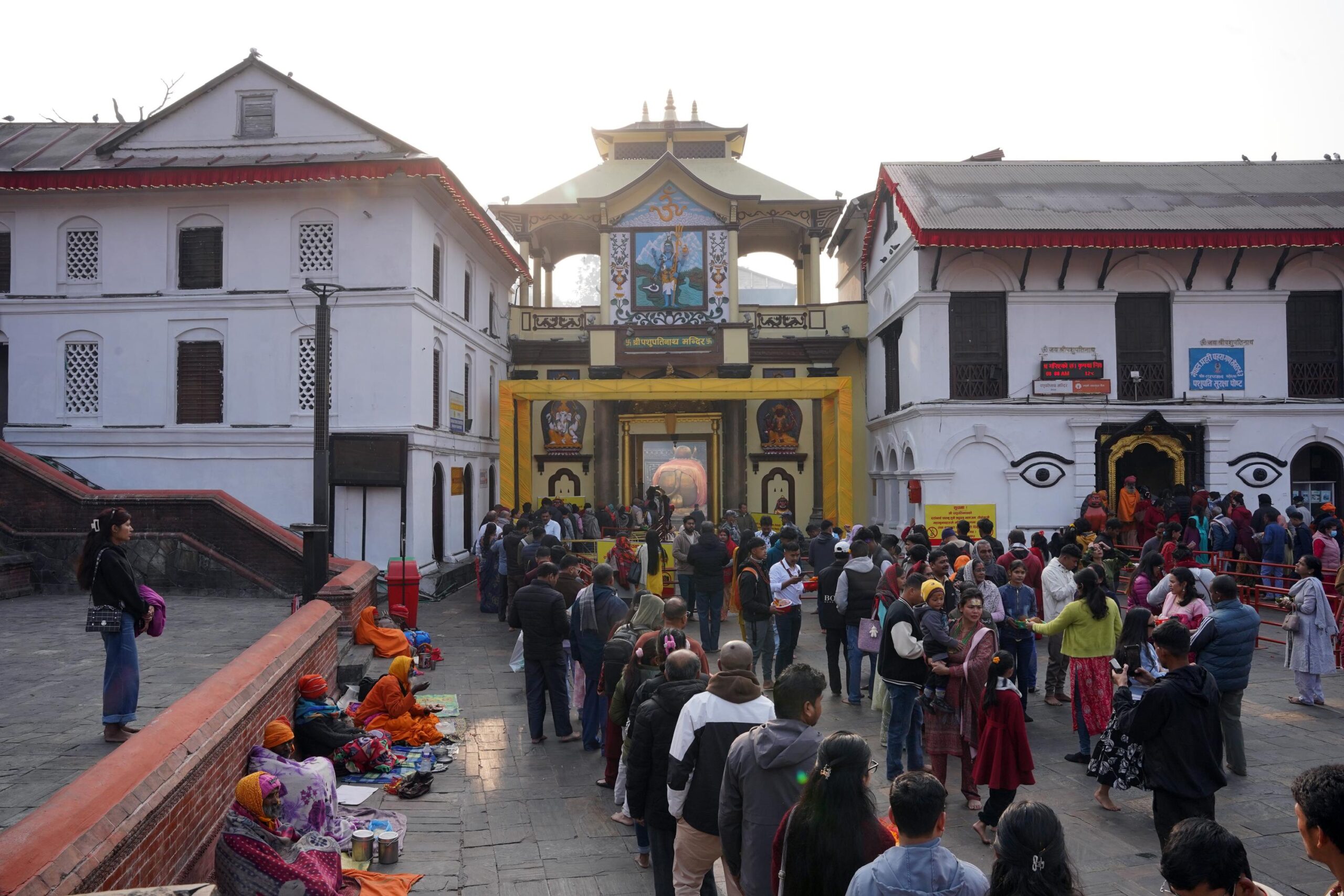
On this night, Pashupatinath Temple transforms into a vibrant spiritual hub. Devotees observe fasting, perform rituals, and chant Om Namah Shivaya throughout the night, seeking Shiva’s blessings for peace, prosperity, and liberation from the cycle of birth and death. The temple remains open for 24 hours, with long queues of pilgrims waiting to offer prayers to the sacred Shiva Lingam.
A major attraction during Shivaratri is the arrival of thousands of sadhus—Hindu ascetics who renounce worldly possessions and dedicate their lives to meditation and penance. These sadhus, often smeared in ash with long matted hair, are known for their mystical practices and deep devotion. Some engage in extreme yogic disciplines, while others share spiritual wisdom with pilgrims.
Bonfires are lit across the temple premises, signifying warmth, purification, and the destruction of ignorance. The sacred Pashupati Bagmati Aarati becomes even more grand on this night, with an intensified display of devotional music, fire rituals, and chants. Additionally, cultural performances, including Tandav dance reenactments, highlight Shiva’s cosmic energy.
Maha Shivaratri at Pashupatinath is not just a festival—it is a powerful spiritual experience where devotion, tradition, and divine energy merge, making it one of the holiest and most mesmerizing celebrations in the Hindu world.
What is the significance of staying awake all night on Maha Shivaratri?
Staying awake through the night, known as jagran, is an essential part of Maha Shivaratri observance. It symbolizes spiritual awareness and the victory of consciousness over ignorance and darkness. According to Hindu scriptures, keeping vigil on this sacred night earns divine blessings and purifies the soul. Devotees spend the night chanting hymns, meditating, and listening to Shiva’s legends. Some believe that on this night, cosmic energies are at their peak, making it an ideal time for spiritual awakening. Scientifically, staying awake in a meditative state enhances focus, reduces stress, and promotes mental clarity, aligning with the festival’s deeper spiritual purpose.
What is the importance of offering bel leaves to Lord Shiva?
Bel leaves hold immense significance in Shiva worship and are considered sacred in Hinduism. According to mythology, offering bel leaves to Lord Shiva pleases him and brings his blessings. The three leaflets of the bel leaf are believed to represent Lord Shiva’s three eyes or the holy trinity of Brahma, Vishnu, and Shiva. It is also said that bel leaves have the ability to absorb negative energies and purify the surroundings. Scientifically, bel leaves contain medicinal properties that aid digestion and have a cooling effect on the body, making them an essential part of traditional Ayurvedic treatments.
How is Maha Shivaratri celebrated in Nepal, particularly at Pashupatinath Temple?
In Nepal, Maha Shivaratri is one of the grandest religious festivals, with the Pashupatinath Temple in Kathmandu being the central site of celebration. Thousands of devotees, including sadhus and ascetics, gather at the temple for worship and rituals. The temple complex comes alive with sacred chants, bhajans, and special pujas performed throughout the night. Naga Sadhus (naked ascetics) from India and Nepal congregate here, performing mystical rituals and meditating. The Nepalese Army also pays tribute to Lord Shiva through a ceremonial offering. The atmosphere is filled with spiritual energy, and devotees believe that visiting Pashupatinath on Maha Shivaratri brings immense blessings and fulfills wishes.
What is the connection between Maha Shivaratri and the Samudra Manthan legend?
The festival of Maha Shivaratri is closely linked to the legend of Samudra Manthan (Churning of the Ocean). According to Hindu mythology, when the gods and demons churned the ocean to obtain amrita (nectar of immortality), a deadly poison called halahala emerged, threatening to destroy the universe. Lord Shiva, out of compassion, consumed the poison to protect creation. However, to prevent it from harming him, he held it in his throat, turning it blue—earning him the name Neelkanth (the blue-throated one). Maha Shivaratri is celebrated in remembrance of this great act of sacrifice, symbolizing Shiva’s role as the protector of the universe.
How does chanting ‘Om Namah Shivaya’ benefit devotees on Maha Shivaratri?
Chanting Om Namah Shivaya on Maha Shivaratri is considered extremely powerful. This sacred mantra, dedicated to Lord Shiva, has a profound spiritual and psychological impact. The five syllables (Na, Ma, Shi, Va, Ya) represent the five elements—earth, water, fire, air, and space. Reciting this mantra helps in calming the mind, purifying thoughts, and strengthening one’s connection with Shiva. It is believed that continuous chanting on this night removes negative energy, grants inner peace, and leads to self-realization. Scientific studies suggest that mantra chanting can lower stress levels, improve concentration, and create a sense of spiritual well-being.
Can Maha Shivaratri be celebrated at home? How can one observe it properly?
Yes, Maha Shivaratri can be celebrated at home with simple yet powerful rituals. Devotees can begin the day by taking a holy bath, cleaning their puja space, and setting up a Shiva Lingam or an image of Lord Shiva. They can perform abhishek using water, milk, honey, and bel leaves while chanting Shiva mantras. Observing a fast, meditating, and reading sacred texts like the Shiva Purana are also important practices. At night, one can stay awake, listen to bhajans, and engage in spiritual reflection. Even those who cannot visit temples can participate in virtual prayers and online darshan, ensuring a meaningful observance of the festival.
Why do Sadhus from Nepal and India gather at Pashupatinath Temple for Maha Shivaratri?
Every year, hundreds of Sadhus from Nepal and various parts of India travel to Kathmandu to celebrate Maha Shivaratri at the sacred Pashupatinath Temple. These ascetics, known for their spiritual devotion to Lord Shiva, take refuge in the temple premises and nearby areas like Bankali. Many of them, including the Naga Babas, who wear little or no clothing, perform rituals such as the Tandav dance, smearing ashes on their bodies, and meditating by bonfires. The festival provides a unique glimpse into their mystical lifestyle, as they engage in prayers, chant mantras, and partake in religious offerings, embodying deep spiritual discipline and renunciation.
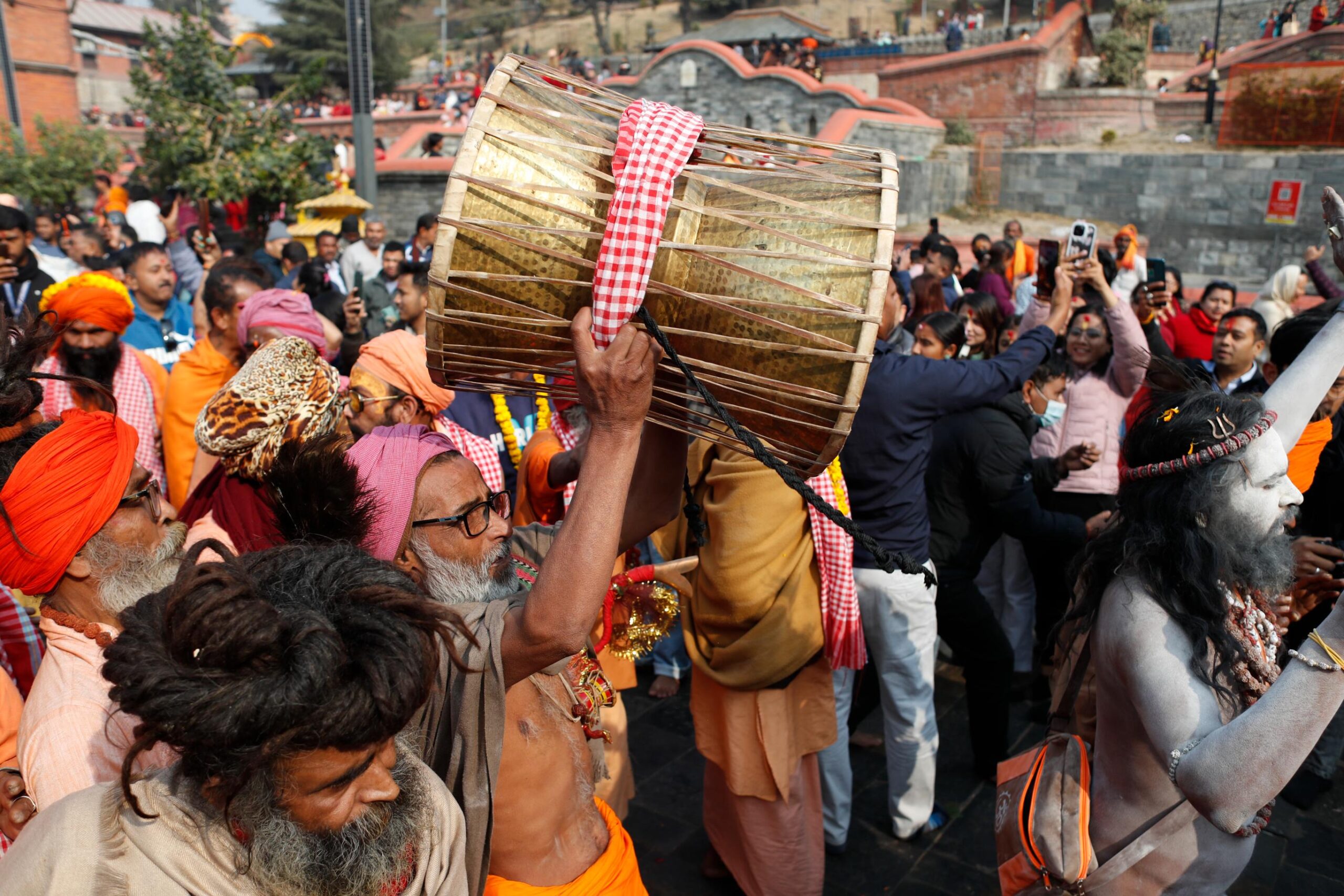
What role does marijuana play in Maha Shivaratri celebrations at Pashupatinath?
Marijuana, or Ganja, is closely associated with Lord Shiva, who is believed to consume it as a symbol of detachment and meditation. During Maha Shivaratri, Sadhus at Pashupatinath Temple openly smoke marijuana using traditional pipes called Chilums, considering it a sacred offering (Prasad) of Lord Shiva. Despite an official ban on marijuana, local devotees and pilgrims often visit Sadhu camps to partake in the ritual. The festival atmosphere is filled with chants, music, and dance as devotees immerse themselves in devotion. Authorities make special arrangements for Sadhus and pilgrims, providing accommodation, food, and water to accommodate the large influx of worshippers.